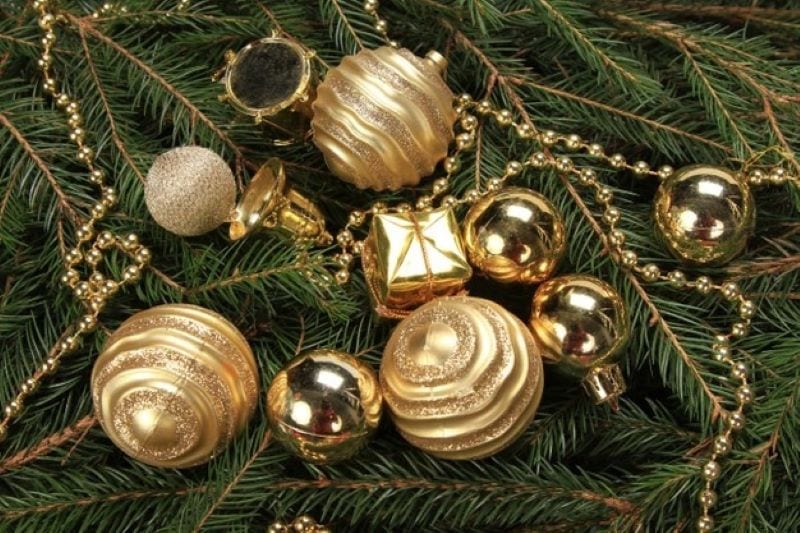
Choosing a Christmas tree can be an exciting family tradition for many people. The smells of pine needles and the beautiful lights that adorn the Christmas tree are enough to make anyone feel like they’re in a magical place. However, if you want your tree to last beyond December 25th, there are some things you should keep in mind when choosing your Christmas tree.
Here are pro tips for choosing the best Christmas tree
Choose a fresh-cut tree: The best time to buy a fresh-cut tree is from mid-December through January, when they’re fresher and less expensive. Freshly cut trees should be green, with no brown needles or broken branches. If you can’t get one right away, keep your tree in water until you get home with it.
Buy potted or containerized trees: These trees come in pots that can be planted after Christmas or moved indoors until spring — and then planted again outdoors.
Look for living potted plants instead of dried ones in decorative pots: These look good all year long and can be planted outside after the holidays are over.
Avoid trees with long needles that drop easily when touched: these tend to lose their needles quickly after being cut down and could be more expensive than other types of trees because they need frequent watering during the first few weeks after being brought home from the store (or farm).
The shape and size of the tree is important: Choose one with an even shape and no splits or broken limbs. It’s best if it’s fresh-cut — meaning it was harvested within the past two weeks — though older trees can be freshened up by putting them in water for 24 hours before bringing them home. If you’re buying a real tree, make sure you know how much water it requires each day so you don’t over-water it or let it dry out too much.
Choose a fresh tree without any visible signs of pests such as mites or aphids (which can cause leaves to turn yellow): Check the base of the trunk where sap may have accumulated; if so, wipe it off with soap and water prior to bringing home your new tree. Also check for signs of decay such as mushrooms or mold growing beneath the bark at soil level; if present, avoid buying that particular tree.
Choose an artificial tree over a real one: Real trees are lovely, but they’re not worth the hassle — especially if you have pets or small children who might eat or damage them. Artificial trees don’t need water, fertilizer or other care, so they’re easier than ever to keep in good shape. And with thousands of styles and colors available, it’s easy to find just the right one for your home’s decorating scheme.
Don’t buy too big a tree: If you want your fake tree to last longer than one season, don’t buy it too big — six feet tall is plenty tall enough for most people and rooms. Also be sure to check the diameter of the trunk before buying: The larger the diameter, the heavier it will be and harder to manage when putting up and taking down each year.